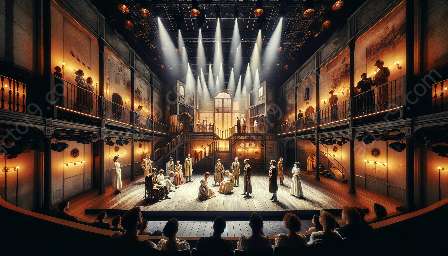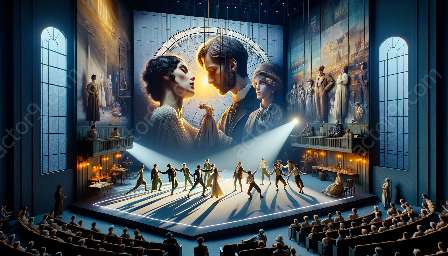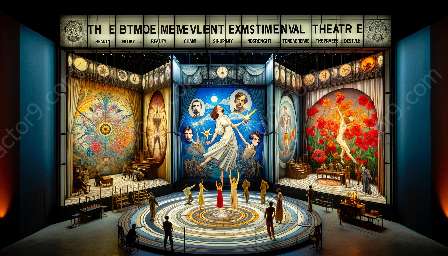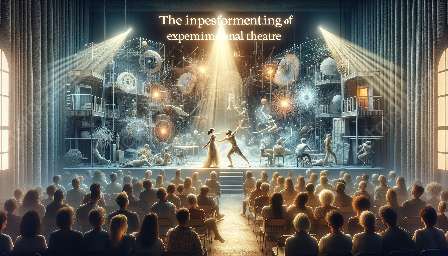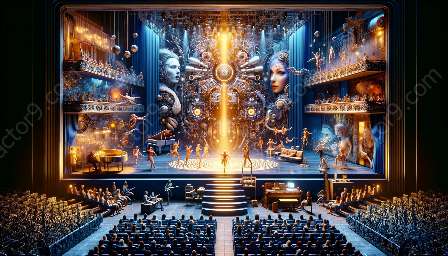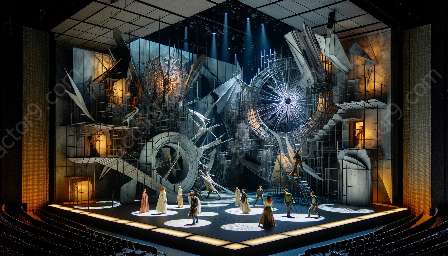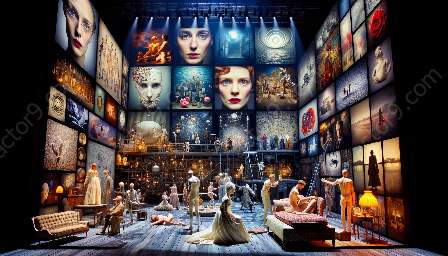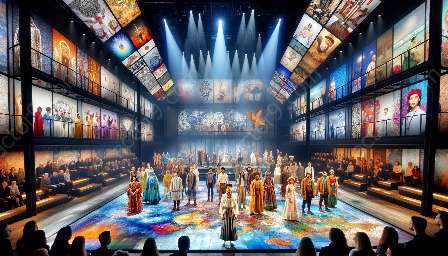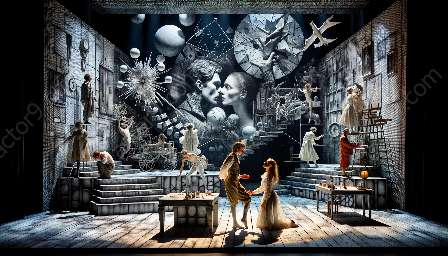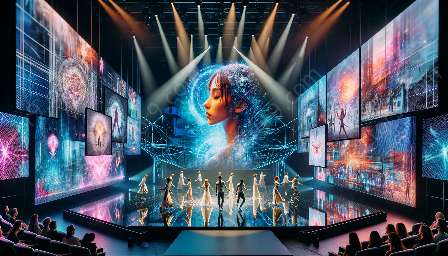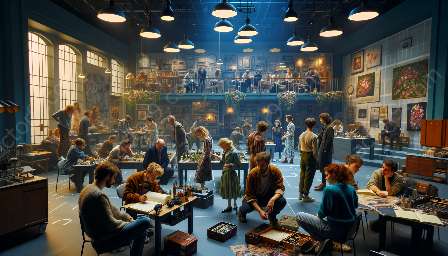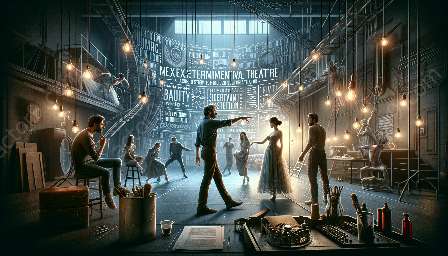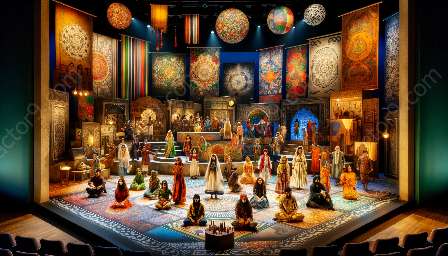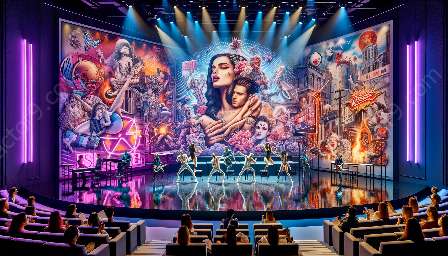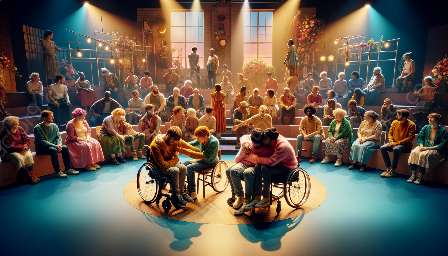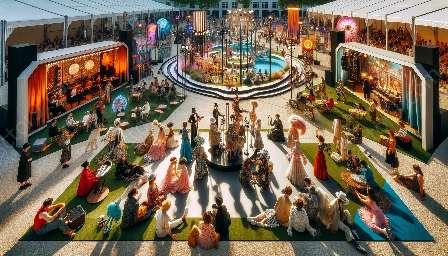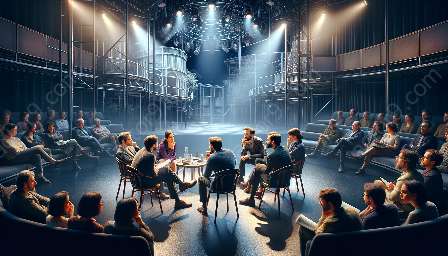Site-specific theatre production embraces the notion of bringing a performance to a non-traditional venue, incorporating elements unique to the chosen location. Understanding the key elements of site-specific theatre involves delving into the ways it differs from conventional stage productions and how it contributes to the experimental theatre scene. This topic cluster aims to elucidate the components of site-specific theatre and its compatibility with production and stage design in experimental theatre.
Understanding Site-specific Theatre Production
Site-specific theatre is a form of performance that takes into consideration the physical and architectural attributes of a chosen performance space. Unlike traditional theatre, where the setting is often fixed and neutral, site-specific theatre immerses the audience in a specific environment, making the location an integral part of the performance.
Key Elements
The following are essential elements of site-specific theatre production:
- Location: The choice of location is fundamental in site-specific theatre. It informs the narrative, character interactions, and audience experience. The site may vary from abandoned warehouses and historical buildings to outdoor landscapes and everyday public spaces.
- Immersion: Site-specific productions aim to immerse the audience in a multisensory experience. This may involve unconventional use of space, engaging the audience in non-traditional ways, and integrating the environment into the storytelling.
- Adaptation: The production must adapt to the unique characteristics of the location, such as acoustics, lighting, and spatial limitations. This often requires creative problem-solving and a collaborative approach between the creative team and the environment itself.
- Integration of Environment: Site-specific theatre blurs the boundaries between the performance and the surrounding environment. The natural and architectural features of the location become part of the stage design, influencing the visual and thematic elements of the production.
Connection to Experimental Theatre
Site-specific theatre aligns closely with the principles of experimental theatre, as it challenges traditional notions of performance and space. Both forms prioritize innovation, unconventional storytelling, and audience engagement. Within the realm of experimental theatre, site-specific productions provide a platform for pushing boundaries, exploring new concepts, and redefining the relationship between performers and spectators.
Compatibility with Production and Stage Design
When considering production and stage design in experimental theatre, the elements of site-specific theatre offer unique challenges and opportunities. Designing a production for a non-traditional space demands a different approach to staging, lighting, sound, and audience interaction. It requires a thorough understanding of the chosen location and the integration of its features into the overall design.
Conclusion
Site-specific theatre production introduces an array of innovative elements that redefine the traditional concepts of theatrical performance. Its compatibility with production and stage design in experimental theatre enhances the creative landscape, stimulating new ways of storytelling and engagement.

